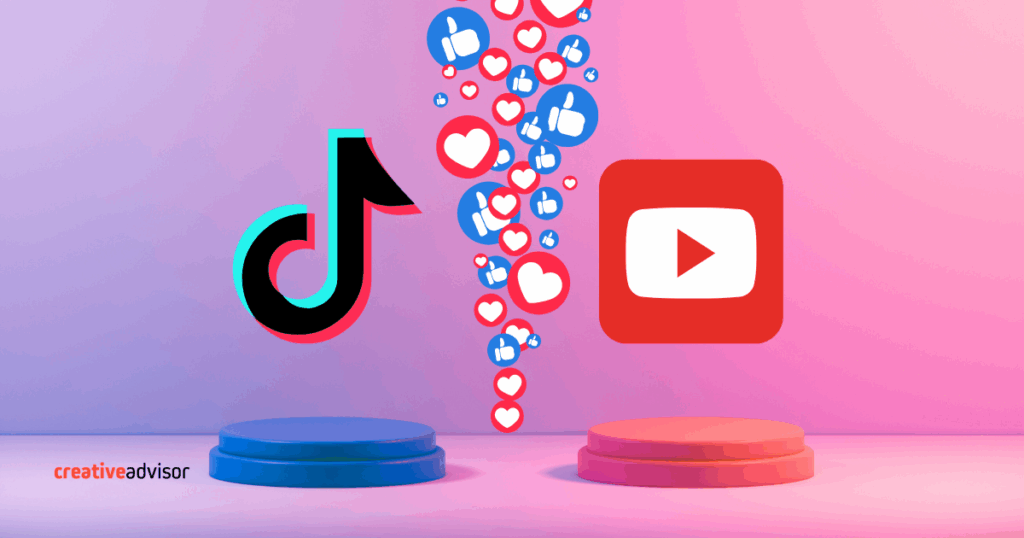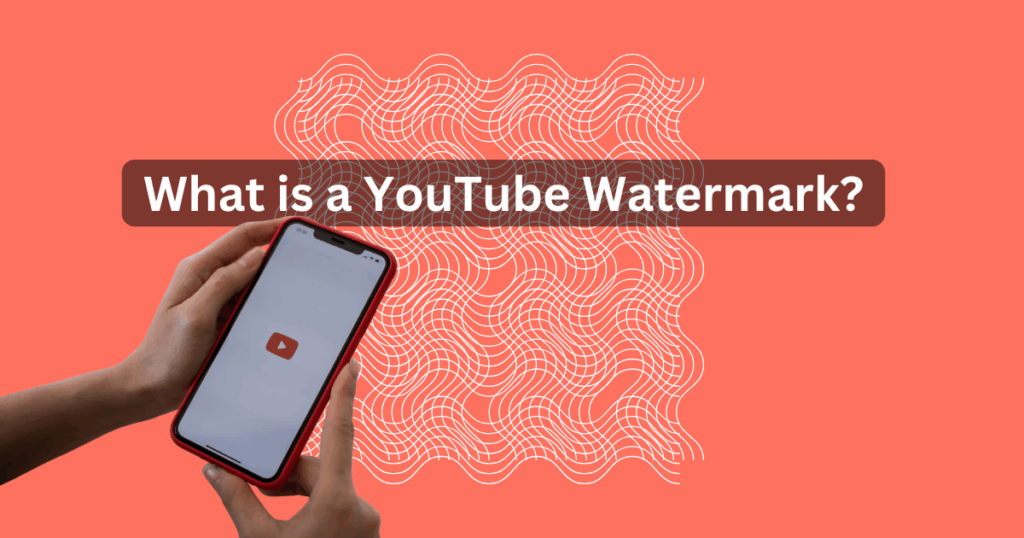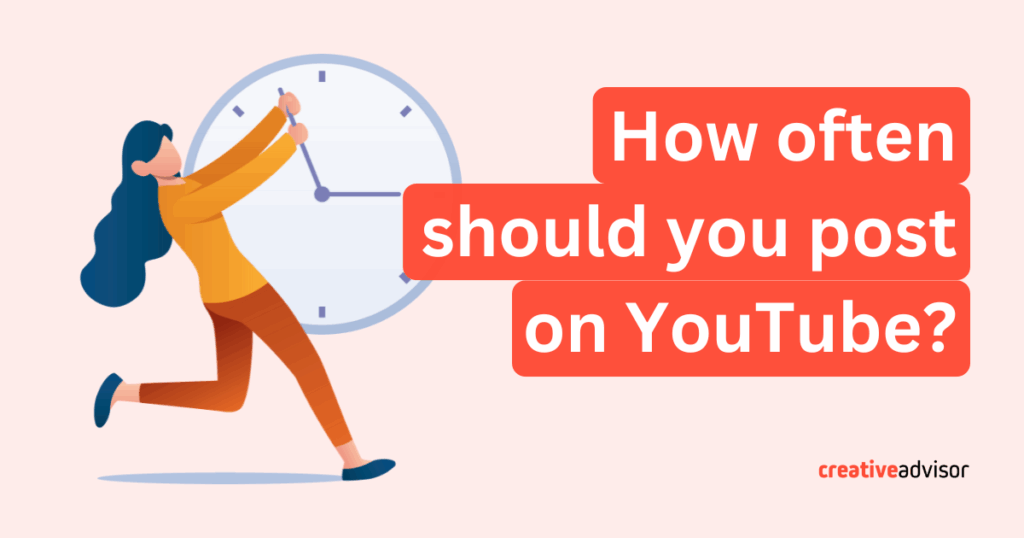From viral dance challenges to long-form tutorials, creators today often face one key decision: TikTok or YouTube?
While both are powerful platforms, they serve different purposes, audiences, and content goals. Understanding their core features can help you choose the right platform or learn how to use both strategically.
Here’s a closer look at TikTok vs. YouTube to help you decide which fits your content strategy in 2025.
What Is TikTok?
TikTok is a short-form video platform popular for its fast-paced content, trending audio, and algorithm-driven “For You” feed.
Videos can be recorded directly in the app (up to 3 minutes) or uploaded from your camera roll (up to 10 minutes). Its vertical format and native editing tools make it ideal for mobile-first, spontaneous storytelling.
Popular with:
- Gen Z and Millennials
- Creators looking to go viral quickly
- Brands using trends to connect with younger audiences
Learn how TikTok’s algorithm helps new creators get discovered.
What Is YouTube?
YouTube is the original video content giant, offering both long and short-form formats to a wide global audience.
From in-depth tutorials to YouTube Shorts (60-second vertical videos), creators can reach users with varying interests and viewing preferences.
Used for:
- Educational and evergreen content
- High-production videos and detailed storytelling
- Building long-term subscriber relationships
YouTube also integrates with Google Search, giving creators long-lasting SEO benefits. You can explore YouTube’s monetization features to understand its revenue potential.
TikTok vs. YouTube: Side-by-Side Comparison
| Feature | TikTok | YouTube |
|---|---|---|
| Video Length | 15 sec – 10 min (mostly short-form) | 1 sec – 12 hrs (long and short-form) |
| Format | Vertical only | Horizontal (main), Vertical (Shorts) |
| Main Audience | 16–34 years (Gen Z & Millennials) | Broad, all age groups |
| Algorithm | AI-driven For You Page | Suggested & Recommended Videos |
| Editing Tools | In-app filters, captions, audio syncing | Basic YouTube Studio, usually edited externally |
| Music Access | Trendy songs and licensed audio | Royalty-free music or licensed usage required |
| Monetization | Creativity Program, brand deals | YouTube Partner Program, ads, memberships |
| Livestreaming | 1,000+ followers needed | 50+ subscribers, verified channel |
| Ad Experience | In-feed, seamless ads | Pre-roll/mid-roll ads, more monetization options |
The Key Differences Explained
Video Style & Format
TikTok content is quick, fun, and often filmed on the go. It excels at spontaneous engagement and trend participation.
YouTube supports structured, high-quality content. It’s better for long-form tutorials, reviews, and expert commentary.
Audience Demographics
TikTok appeals to a younger, mobile-first audience. YouTube’s broad reach spans all ages, making it ideal for creators in niches like education, tech, and lifestyle.
For example, if you’re building out a professional setup on YouTube, understanding the best microphones for YouTube videos is essential for clear, engaging content that retains viewers.
Monetization Potential
YouTube offers more established monetization options through ads, memberships, and Super Chats. TikTok’s revenue tools are still developing, although the new Creativity Program offers creators more control over earnings.
Music & Copyright
TikTok offers seamless access to trending tracks, making it easy to ride viral waves. YouTube is stricter; using copyrighted music without a license could mean demonetization or video takedown.
How TikTok and YouTube Are Similar
Despite their differences, TikTok and YouTube both:
- Use smart algorithms to surface relevant content
- Offer built-in analytics to track performance
- Let users engage via likes, comments, shares, and subscriptions
- Support influencer marketing and branded content deals
Both platforms can also complement each other. Repurposing long-form YouTube videos into TikToks or Shorts is a proven growth tactic.
Which Platform Should You Choose?
Ask yourself:
- Do I want to create quick, engaging, trend-based content? → Go for TikTok
- Do I prefer detailed storytelling and want to build a long-term content library? → Choose YouTube
- Do I want the best of both worlds? → Use both platforms strategically
To maximize reach and visibility on YouTube, don’t forget to use the best YouTube SEO tools in 2025. They can help your videos rank higher and reach the right audience faster.
Final Thoughts
In 2025, content creation is no longer platform-exclusive. TikTok is where trends start; YouTube is where legacies are built. The most successful creators know how to leverage both one for reach, the other for depth.
Ready to level up your content? Whether it’s TikTok, YouTube, or both, choose the platform that fits your goals and watch your audience grow.




